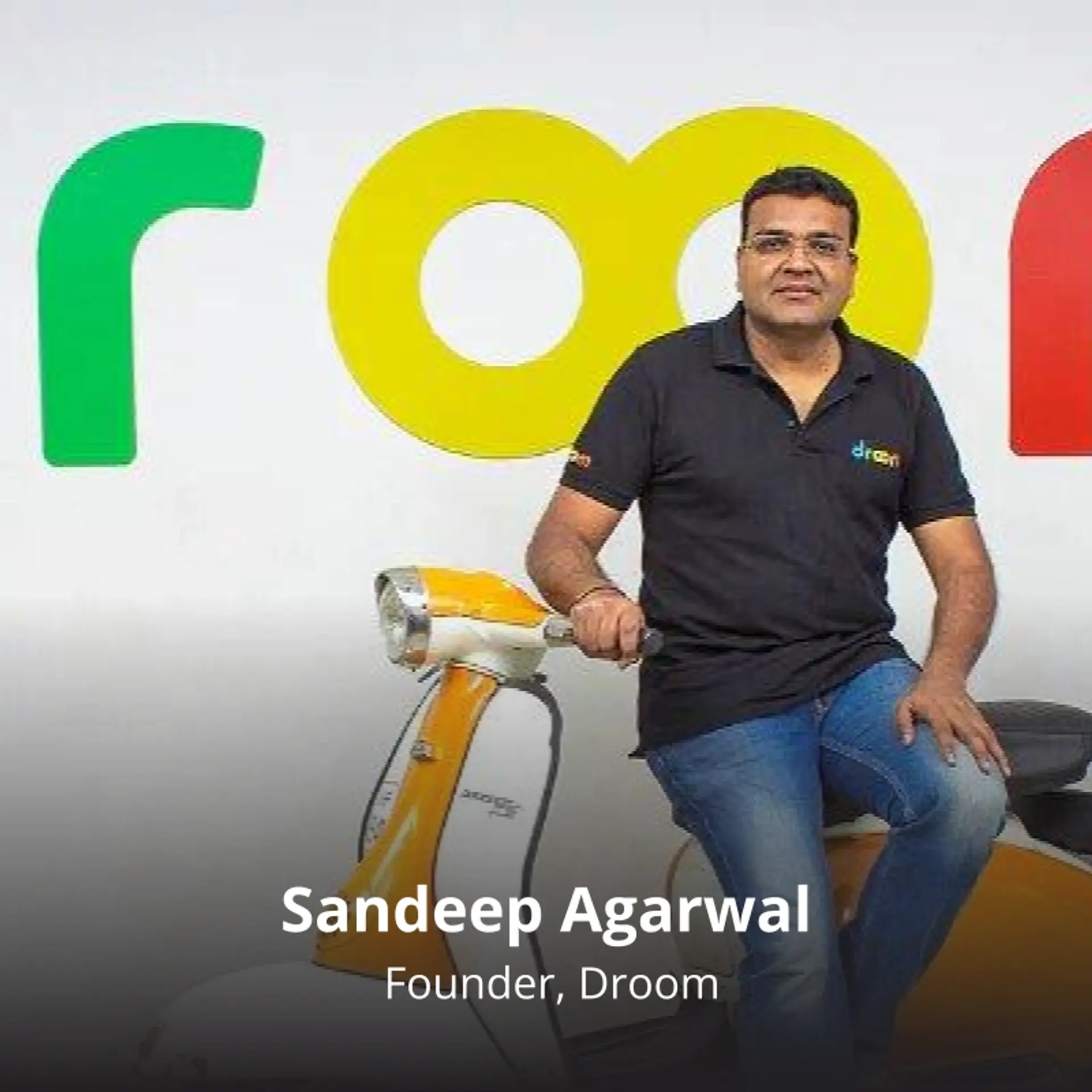Is MBA Program in India a “5000 Crore Waste”? Rethinking the MBA Program

By Rajiv Jayaraman & VijayLet us start with a trivia question. When was the MBA degree first introduced and by whom? Those of you who are following the evolution of the MBA program would know that in 1908, the Graduate School of Business Administration (GSBA) at Harvard University was established and it offered world’s first MBA program. As we cruise into the second century of the program, some serious questions and concerns have cropped up that seem to take the sheen off the coveted degree.
Complexity of the interconnected world
In the wake of the recent turmoil in global markets and untold economic and environmental disasters playing out in various parts of the globe, questions are being raised about the quality of management thinking that fills the ranks in major corporations and Governments alike. There is wide spread belief that managers churned out by numerous B-schools across the world seem to be lacking quite a few skills in dealing with the complexity of the interconnected world.
To address these concerns, many industry leaders and academicians are starting to re-think the purpose and the value addition of an MBA program. Eminent management gurus such as Nitin Nohria from HBS, Dipak C. Jain from INSEAD have done a great job responding to the shifting dynamics of the business world. After having pioneered various pedagogical methods such as case based learning, HBS recently announced “bold, brave things” that will set the course for the entire field of management education for the next 100 years. From pure lecture based learning to projects to capstone to case studies, we are now seeing an evolution towards hands-on learning methods such as simulations, multimedia case studies and experiential learning tools. Prof. Nohria is also talking about immersive field trips across borders for students to better understand global cultures and global economies.
Even in the corporate side, the need for experiential training is well pronounced. One senior manager at a global software company that we interacted with called the MBA program inIndia, a “5000 crore waste”. When probed further, he lamented about clear gap between theory and practice (a.k.a employability gap). Inside the corporate training context, the traditional one-directional classroom teaching has proved to be ineffective for large number of employees and by and large, has not been able to engage the minds and hearts of the managers. There is a clarion call from capability development managers for solutions that are more immersive, engaging and hands-on.
We present a few perspectives in this article that can help bridge the gap in the MBA education and managerial training in general.
Safe Learning Environments That Enable “What if” Thinking
We need to create safe learning environments where the participants can understand the cause and effect of complex systems. Come to think of it, airplane pilots undergo rigorous flight simulator exercises before they are allowed to man an actual aircraft. Doctors practice their skills on a cadaver long enough before they are allowed to do the real thing. When stakes are high, when lives are impacted, when actions are irreversible, it is imperative that a learning environment is created where the learners experience reality and experiment with their decisions in a safe manner. Modern businesses are also high stakes, they also impact lives immensely and the actions of business managers are often irreversible. Doesn’t it logically follow that business managers should also undergo such a training process in a simulated environment?
Web 2.0-ised Learning Environments that keep pace with changes
Let’s now rewind back to the early days of the world-wide-web. If we jog our memories a little bit, we’d remember that websites in those days served the purpose of disseminating information in a predominantly one-way fashion. This is usually referred to as the Web 1.0 era. We are now living in the Web 2.0 era where hyper-interactive multi-way flow of information is the norm (In fact, experts have already started talking about the advent of the Web 3.0 era). Users not only require interaction with the website but the means to share their experiences with the other users of the site. Increasingly, we see this online trend spill over to the way businesses function as well. Businesses today interact and co-create products and services along with their end users. Given this trend, the key question we need to ask is, isn’t it time that learning also became Web2.0-ised?
The reality, however is that even today, knowledge is imparted largely in the Web 1.0 style, largely due to the lack of technology support. In the current setup, the instructor delivers information in a unidirectional fashion, leaving very little room for interaction between the students for peer-to-peer learning. With the widespread availability of social platforms, this method of delivery is ripe for disruption. Social learning platforms that help students collectively construct meaning will go a long way in engaging students and help them see the big picture.
Solving the Employability Gap
Finally, experiential learning can go a long way in solving the employability problem in India. By making MBA students experience real-life work experience right inside their classrooms, they can be made “industry ready” and the industry can enjoy the benefits of a work force that is productive from day one.






